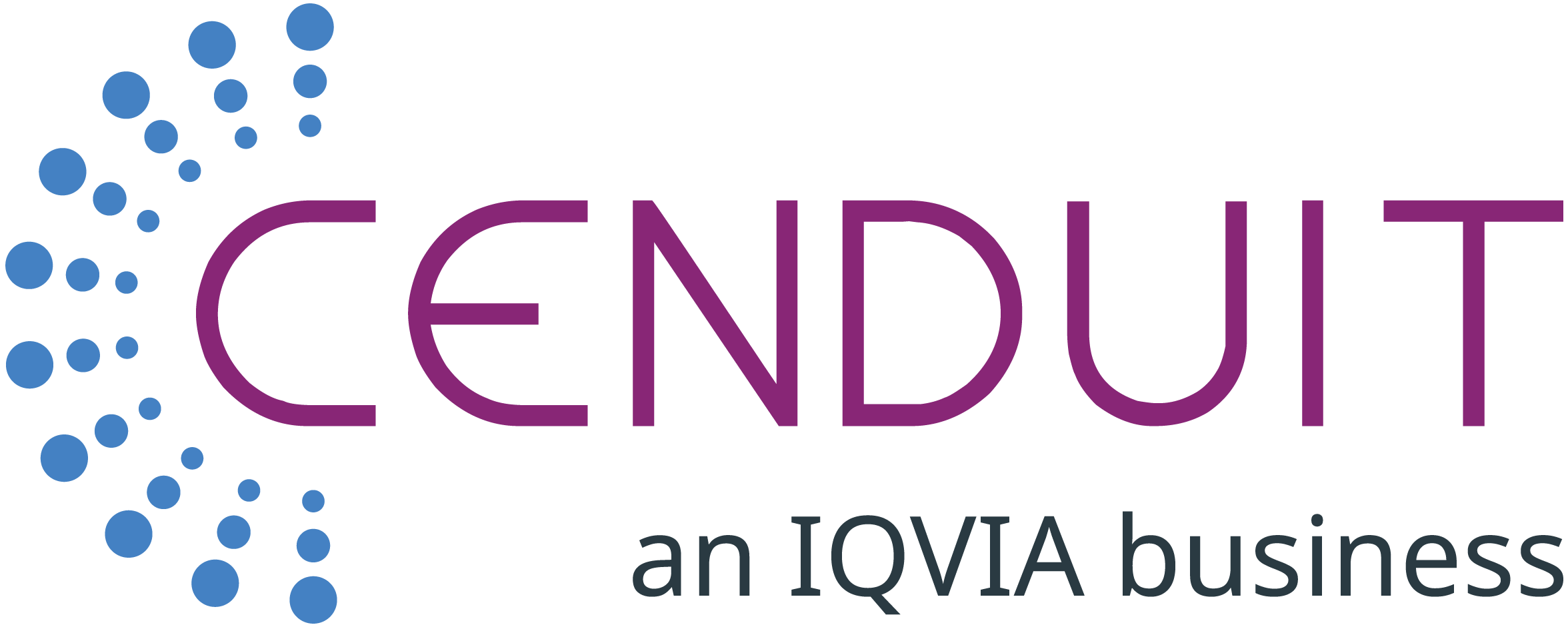Top 10 Trends In Clinical Trials For 2015
From the continued acceleration of patient engagement to the growth of tools for evidence-based medicine, the clinical trials industry has changed significantly over the past 12 months. As 2015 draws to a close, we’re reflecting on the top 10 trends across interactive response technologies (IRT) and clinical trials from the year:
1. Patient engagement continues to accelerate, evident in the increasing use of social media in clinical trials and the growing popularity of mobile applications to help ensure patient compliance and retention. Tools that allow for direct patient engagement, such as Cenduit’s Patient Reminders, keep patients on track with customizable reminders and alerts. With better patient engagement, communication from patient-to-patient, patient-to-provider and patient-to-investigative sites becomes significantly easier.
Read the Whitepaper: Top Five Reasons You Need IRT Expertise, Not Just Software
2. The “one-stop” shop of eClinical Integration proliferates, with integration key to many company’s methodologies. While this integration has been growing over the past several years, 2015 saw the bringing together of eClinical elements in the cloud, with solutions like Cenduit Integral providing better capabilities for data aggregation and management.
Despite predictions in years past, and the growth of eClinical overall, eClinical suites have not pushed out niche service providers. Integration is growing in popularity, but has not penetrated the market through all platforms. Most sponsors still look to experts for data integration, electronic data capture (EDC), IRT, interactive voice response systems (IVRS), interactive web response systems (IWRS) and more.
3. Overall adoption of electronic clinical trial management has been slow, but the industry began to shift in 2015. As companies like Cenduit demonstrate how sponsors can use electronic trial management to reduce costs and improve drug supply management – getting a clearer picture of where drugs are located, the drive to adopt electronic trial management accelerates.
4. As companies move away from IVR, the evolution of IRT is taking over at a more rapid pace with companies focusing on electronic, web and mobile solutions. eClinical is also trending in this direction, as more and more platforms – IRT included – become integrated. The library-driven configurable approach makes both custom and out-of-the-box IRT integrations possible, making it easier to incorporate IRT into a trial.
5. Electronic Clinical Outcome Assessment (eCOA) has experienced significant change as the drive for patients to bring their own devices to trials gains more traction and companies join forces to push for accepted methodologies to make this cheaper solution work for sponsors.
6. The amount of high-quality, high-value data available in clinical trials is rapidly growing, making analytics more important than ever, and requiring increasingly sophisticated dashboards and reporting tools. As sponsors look to meet and manage the rising flow, options like risk-based monitoring (RBM) are growing in popularity.
7. Sponsors and CROs alike are outsourcing eClinical systems, a continuing and accelerating trend from 2014. Pharmaceutical companies are focusing on the science and research of drug development, and leaving the technical aspects of clinical trials to the experts. This is particularly true among smaller companies, who may not have in-house expertise, but instead rely on vendors to provide much-needed know-how to solve clinical trial challenges.
8. Adaptive trials have continued to trend, and trial complexity is growing. Protocols and randomization methods have become increasingly more complicated, and the globalization of trials has added even more complexity to the clinical supply chain.
9. Sponsors continue to look for new ways to take drugs from research into the market, and tools for evidence-based medicine saw significant growth in 2015. By reviewing the trial and treatment from the perspective of each stakeholder – patient, prescriber, payer, regulator, formulary and more – sponsors can target protocols to accumulate evidence for each of these stakeholders across a range of markets.
Looking ahead to 2016, we will see many of these trends continue, many at an even more accelerated pace. Electronic trial management and patient engagement, for example, are two hot-button topics we expect to push ahead even more in the New Year.






